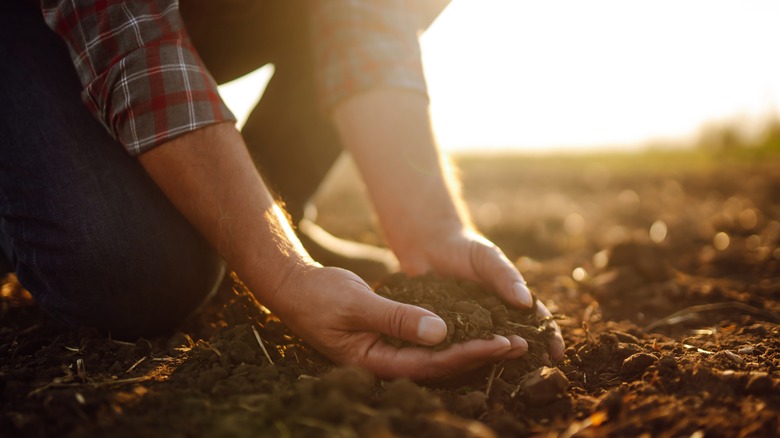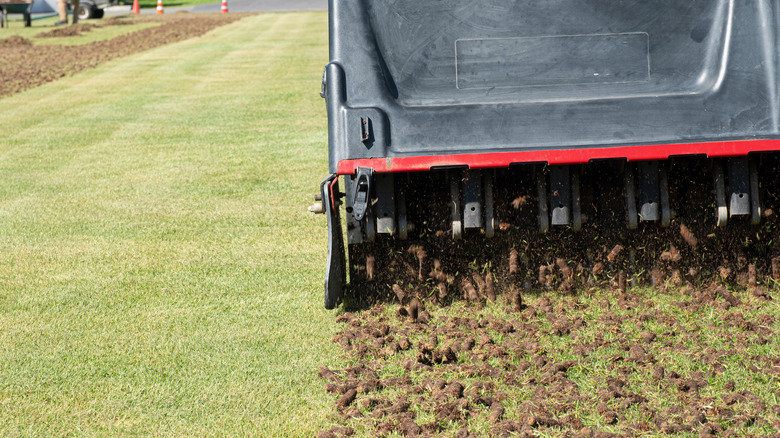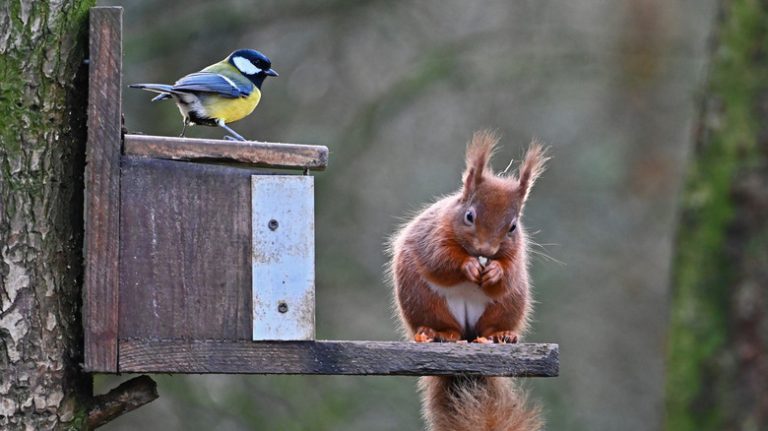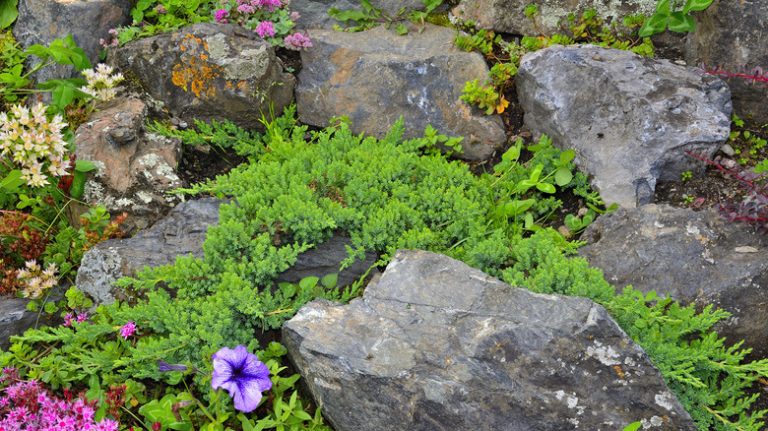If you’re planning to seed your lawn this spring, you might want to heed the advice of many lawn care experts: consider aerating your lawn in the fall. Aeration, if you’re not familiar with it, is like giving your lawn a breath of fresh air. It involves perforating the soil with small holes to allow air, water, and nutrients to penetrate the grass roots more effectively. The sequence of aeration, followed by seeding and then fertilizing, is a winning combo. Why? Well, it allows both seed and fertilizer to settle into the aeration holes, maximizing their contact with the soil and enhancing the chances of successful germination. It’s important to remember that new seeds need consistent moisture to germinate properly, and aeration plays a key role in ensuring this.
Beyond aiding in seed germination, aeration has a multitude of benefits. It helps alleviate soil compaction, which can otherwise prevent essential nutrients from reaching the grass roots. It also enhances water infiltration, reducing runoff and ensuring that your lawn gets every drop it needs. Oxygen flow to the roots is another perk of aeration, promoting healthier, stronger grass growth. In essence, aeration is not just about preparing your lawn for seeding; it’s about setting a strong foundation for overall lawn health. You’re essentially nurturing a more vibrant, lush, and resilient yard.
Assessing your lawn’s need for aeration and how to do it

How do you tell if your lawn needs aeration? It’s simpler than you think. Check for compacted soil or areas where the grass isn’t thriving as it should. Insert a screwdriver after watering or when it’s moist. If you have trouble inserting it, this is a sign it’s time to aerate. Core or plug aeration is the most effective method to remove soil plugs from your lawn. Also, consider topdressing your lawn after aerating. This means adding a thin layer of organic matter, which can further enhance soil quality.
When is the best time to aerate? Aim for when the soil is moist but not overly wet, typically after some rainfall or irrigation. Avoid aerating when the soil is too wet, as it can lead to a messy lawn. After aerating, it’s time to seed. For different grass types like fescue, ryegrass, and bluegrass, there are specific seeding rates, whether you’re overseeding or starting a new lawn. For instance, overseeding with fescue or ryegrass typically requires 3 to 5 pounds per 1,000 square feet, while a new lawn might need 5 to 10 pounds. For bluegrass, the rates are slightly lower. Once you’ve seeded, water your lawn for about 15 minutes to settle the seeds and fertilizer into place, ensuring better germination and growth.
Additional considerations in lawn aeration

While aeration can be a game-changer for your lawn, sidestepping some common pitfalls is crucial for its success. Aerating at the wrong time is a frequent misstep. Remember, the best time for aeration is during the growing season. This period allows your grass to heal and recover quickly. What you want to avoid is aerating during extreme heat or drought conditions. These harsh climates can stress your lawn, and aeration under these circumstances could do more harm than good. Choosing the right equipment is another crucial aspect. As briefly touched on earlier, core aerators are typically the better choice, as they remove soil plugs, allowing the soil’s roots to take in more nutrients and air. On the other hand, spike aerators might lead to more compaction around the holes, which is counterproductive.
The depth of aeration is a detail that can’t be overlooked. To tackle soil compaction and allow nutrients to penetrate efficiently, aim for holes about 1.5 to 6 inches deep. Shallow aeration might not provide the desired benefits, leaving you wondering why your efforts aren’t paying off. Also, be wary of overdoing it. Over-aeration can damage the lawn, creating too much space and disrupting the grass. Striking a balance is key. And lastly, avoid walking or running heavy machinery over freshly aerated lawns. This can close up the holes you’ve just made, undoing all your hard work.



